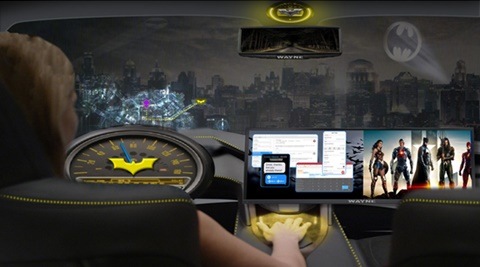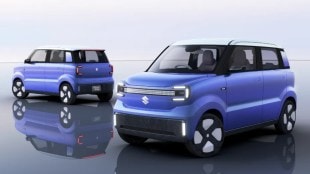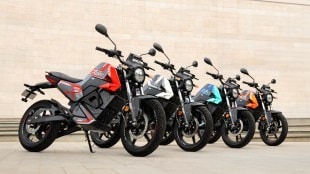
According to some surveys, an average American spends around one hour every day behind the wheel of a car. One hour may sound like a lot to the Americans, but the average time a Delhiite who works in Noida or Gurugram spends driving! Well, we don’t need a survey to remind ourselves of the dismal amount of time we spend behind the steering wheel. So, what happens when self-driving cars are a reality more real than they are presently? What will one do with so much of spare time if driving will be done by a robot? This is where Intel comes in. The company has announced a partnership with Warner Bros., and is working on a system called “in-cabin immersive experiences” designed to keep you entertained while you are being chauffeured around in your autonomous car.
The company says that now that the passengers will have more free time, there are possibilities beyond consuming of content ranging from movies and television programming, which will include in-cabin virtual reality (VR) and augmented reality (AR) innovations.
And then Intel went on to cite the coolest example. “We imagine riders enjoying immersive experiences never seen before. For example, a fan of the superhero Batman could enjoy riding in the Batmobile through the streets of Gotham City,” now that is putting augmented reality to great use.
The biggest challenge ahead of autonomous cars though is faith. Even if an impeccable self-driving system is developed that really can tackle all real-life situations, people have a hard time giving the control to an automated system.
A JD Power study conducted in April this year suggests that a majority of people do not trust the self-driving technology. Compared with 2016, 11% more Gen Z (post-millennials) consumers and 9% more Pre-Boomers (born between 1930-45) say they “definitely would not” trust automated technology. But, on the upside, consumers this year showed greater interest in driving assistance technology. And turns out that millennials are open to trying out the driverless tech.
We are quite far out from letting robots handle our driving needs, but then, we have come a long way towards materialising of this dream. When it does come to full-fledged reality, Intel and Warner Bros. will be ready to transform your car into a Batmobile or a roller-coaster ride, if you will.




















